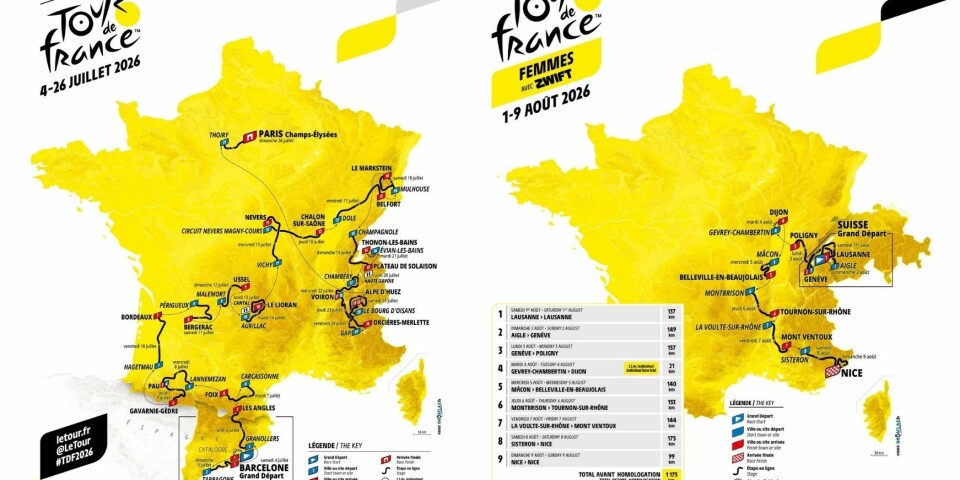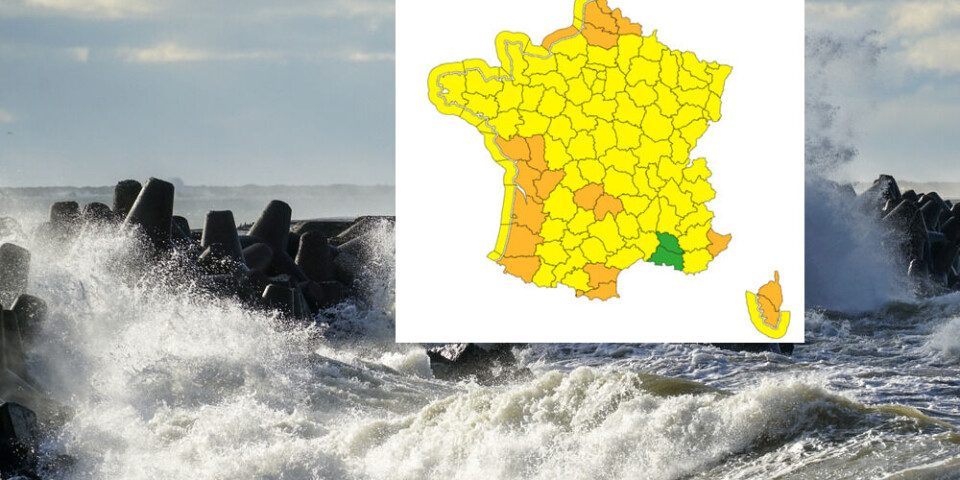-
Connexion reader US-bound after driving licence issue resolved in France
Ron Kirk lost his ‘A’ category for riding large bikes after moving to France 15 years ago
-
What changes with French driving licences in 2025?
There are new rules on document posting, tests and EU and international driving permits
-
French driving documents can now be delivered via a simplified procedure
The change is designed to save public money
Make sense of... Learning to drive
There are several different ways to learn to drive in France - here we review them and look, in general, at how the French test works

I am new to France and can already drive but do I need to sit a French test?
No, if you have a valid EU licence, you can drive here without needing to sit a test.
However, you can also change your licence to a French one if you so wish (you do this via your prefecture). If your licence is a non EU one you have a year to make the exchange – if you leave it longer you may have to take a French test.
A French car driving licence is called a permis B; it also allows you to drive a scooter from 50-125cc if you take a one-day course.
If you have only driven automatics before (out of choice, not due to a medical obligation), and wish to drive a manual, you can take a seven-hour course to be able to swap for a licence allowing this.
Who can take the test?
There are two parts – the examen théorique (theory test, known as le code) and the examen pratique (practical driving test) which is only taken once you have passed le code.
You can take le code from the age of 15 if you are learning via conduite accompagnée (see later) or otherwise from age 17.
You can take the practical test from 17-and-a-half if doing the AAC fast-track system (see below) or otherwise from 18.
Note it is now possible to apply directly online to do le code in a local centre (if you are learning with a school, they can do this), for a €30 fee. See Inscriptions at tinyurl.com/French-code-online.
It is also now possible to sign up online to have your driving test result sent to your mobile telephone: tinyurl.com/results-on-phone
This can be used as a probationary driving licence for four months.
Driving schools
Most people learn to drive through one of around 13,000 schools. Check (eg. in the window or on its documents) if it has a numéro d’agrément issued by the prefecture. Some schools are also accredited for le permis à €1 par jour , which allows learners aged 15-25 to have an interest-free loan.
Schools taking part sign up to a quality charter. Some mairies offer bourses au permis de conduire (grants) to help people from lower-income families. They may require some voluntary service in return.
Ask the school what its pass rate is…(taux de réussite aux examens) and whether it offers taught theory sessions or just DVDs.
What are the different learning options?
There are several possibilities, including:
1. Traditional lessons
The learner must be at least 17. An instructor carries out a free initial assessment to estimate the training required, which cannot be less than 20 hours of driving (around 35 is common before someone passes the test). They should supply a devis (estimate) and, if you accept it, a contract is drawn up, specifying costs. Training will include both theory and driving. You may wish to obtain a devis from several schools before signing up.
Often schools offer a forfait (fixed fee) including the basic 20 hours of driving plus an hourly cost after that. Sometimes a supplement is due if you do not take the lessons in a set period. A 20-hour forfait varies around the country from around €800-1,500 and hourly rates from around €30-60. It reportedly costs around €1,500 in training for the average person to pass their test.
2. Apprentissage anticipé de la conduite (AAC)
Starting aged at least 15, this involves practice with an accompagnateur (accompanying person, such as a parent). Those who pass this way have a shorter new driver probation period (during which the licence has half the usual points) of two years instead of three. The pass rate is high for people who learn this way. However you still have to first complete driving school training of not less than 20 hours. Some road safety training is also required before you take le code.
If the instructor thinks you are ready, he or she issues the attestation de fin de formation initiale (AFFI), proving you can drive at a moderate speed in easy traffic conditions and have passed le code. This should be passed to the insurers of the car you will use.
You may have one or more accompagnateurs (who must have had their permis B for at least five years) who should speak to the school and their insurers about this. They should put a conduite accompagnée sticker on the car (the ‘A’ stickers you may see are for new drivers in their probation period).
The learner may then do at least a year’s driving (and at least 3,000km) with them before taking the test.
3. Conduite supervisée
For people aged at least 18. This is similar to AAC but there is no minimal period of accompanied driving, or minimum amount of kilometres that must be completed.
Is it obligatory to use a driving school?
No… the option candidat libre, available from age 16 (although you cannot take the first part of the test until you are 17) bypasses using a school. You apply to the prefecture on form Cerfa 14866*01 (tinyurl.com/permis-form) requesting this, and it registers you for the tests.
It is possible to practise with another driver, but you must use a car with double controls (certain firms rent these out often with deals for a set number of hours) and with apprentissage signs. Official sources do not mention a set number of hours that must be done but say you need to keep a livret d’apprentissage – a training log book, which can be in a digital form. Unhelpfully there is no official one but certain commercial websites offer versions. You will also need to attend on your test day with a hired double control car.
The accompanying person used to have to do a short training session with a driving school, but this has been abolished.
This option may suit people who have previous driving experience abroad but no valid licence or learners seeking to reduce the cost of learning via a school.
Note: French driving licences last for 15 years and then need to be renewed. You do not need to sit a medical at any age but are required to inform your prefecture of any illnesses that are likely to affect your driving.
The image here was drawn by artist Perry Taylor.For more of his work see www.perrytaylor.fr
























